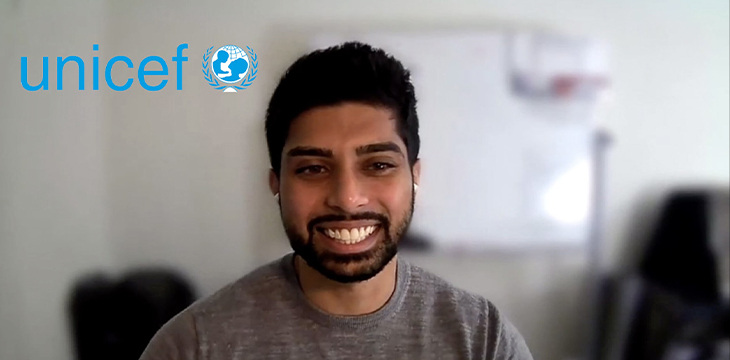|
Getting your Trinity Audio player ready...
|
The United Nations Children’s Fund (UNICEF) is an international organization dedicated to improving the welfare of children across the globe. The organization has launched initiatives called Giga and Project Connect to enhance the quality of education by connecting schools to the internet. This initiative comes from UNICEF’s Office of Innovation, a unit dedicated to studying new technologies including blockchain.
Mehran Hydary, product manager at UNICEF, talked to CoinGeek’s Natalie Mason about how technology is being used to advance its initiatives. As Mehran explains, Giga’s mission is to connect every school around the world to the internet. Its main focus is to raise funds needed to get the infrastructure in place as well as to educate people on the importance of internet connectivity.
Alongside this initiative is Project Connect, whose focus is to map out schools and identify which areas lack the internet. This is where blockchain comes into play. Validating locations can be tricky, Mehran points out. For this reason, UNICEF’s blockchain team came up with an app called Project Connect Game. It is designed to encourage people to validate maps through its incentivization and gamification mechanisms, Mehran explains:
“The idea is to take the data we have from the government, load it into a mobile app, people can go to this app and loosely identify if it looks like a school or not.”
The incentivization takes place in the form of a reward system where users can receive a stablecoin digital currency depending on how well they play the game. Mehran admits there are a few obstacles. “The challenge is how to distribute money, are there tax implications or regulatory concerns. Can we get crypto as a reward to get people to contribute to this platform?”
These questions are some of the areas of concerns that Mehran and his team are looking into. He says UNICEF is at a stage where it is validating different blockchain technologies. For now, he says the blockchain team’s main explorations have been primarily with BTC and Ethereum.
Mehran points out that BTC is easy for most people to understand while Ethereum, he believes, has a large developer community that yields substantial products and services. “A lot of tools and use cases that have come out of that space are tangible examples that we can share with our team.” But Mehran admits, there is more room for research. “We are not prescriptive and we are willing to do research in that capacity. We haven’t had a BSV project come up yet but our team is open to exploring different blockchain if the use cases are right.”
UNICEF works in 190 countries including the world’s toughest places to reach. The organization has a constant drive to bring forth its mission, to help children survive, thrive and fulfil their potential.
With initiatives like Giga and Project Connect, UNICEF aims to deliver not only quality education through connectivity to remote areas around the world but also introduce the use of technologies like blockchain to these communities. Mehran wants to see more of the blockchain technology brought forward to countries UNICEF is working with.
“I think a lot of blockchain companies focus on people that are already tech savvy, people that are scrolling through Twitter 10 hours a day. I don’t think that’s the audience that crypto really empowers. I think those people already have access to financial tools. They don’t have an issue getting an education and keeping that education. I think there needs to be a lot of work that needs to be done in countries that we’re not thinking about. And UNICEF is one team that’s doing work in all these countries. But I think it would be good to see more and more startups and blockchain companies hire dedicated teams that focus on bringing these amazing technologies on the ground and thinking the same challenges that we’re thinking on.”
Hear the whole of Mehran Hydary’s interview in this week’s CoinGeek Conversations podcast or catch up with other recent episodes:
You can also watch the podcast video on YouTube.
Please subscribe to CoinGeek Conversations – this is part of the podcast’s fourth season. If you’re new to it, there are plenty of previous episodes to catch up with.
Here’s how to find them:
– Search for “CoinGeek Conversations” wherever you get your podcasts
– Subscribe on iTunes
– Listen on Spotify
– Visit the CoinGeek Conversations website
– Watch on the CoinGeek Conversations YouTube playlist

 12-31-2025
12-31-2025 




